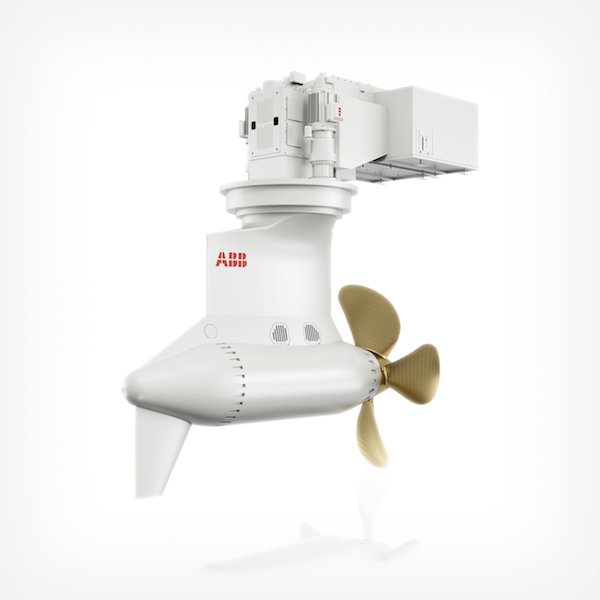
Contents
- Introduction
- Cost of Maritime Scrubbers
- Retrofit Time for Scrubbers
- Major Manufacturers and Popular Models
- Vessels with First Retrofit
- Regulations Covering Scrubbers
1. Introduction
Scrubbers are critical components for maritime vessels to meet stringent environmental regulations by reducing sulphur oxide (SOx) emissions. The adoption of scrubbers has increased significantly, particularly following the implementation of the International Maritime Organization’s (IMO) 2020 sulphur cap.
2. Cost of Maritime Scrubbers
The cost of installing scrubbers on maritime vessels varies based on several factors, including the type of scrubber system, the size of the vessel, and the complexity of the installation. Generally, the costs can be broken down as follows:
- Open Loop Scrubbers: Typically range from $1.5 million to $3 million.
- Closed Loop Scrubbers: Usually cost between $3 million and $6 million due to the additional components and complexity.
- Hybrid Scrubbers: Can range from $4 million to $8 million, offering the flexibility of both open and closed loop operations.
These costs include the price of the scrubber unit itself, installation, and associated engineering work.
3. Retrofit Time for Scrubbers
The time required to retrofit a scrubber system on a vessel can vary, but it generally takes between 20 to 60 days. This period includes:
- Engineering and Design: Initial assessment and design of the system specific to the vessel.
- Installation: Physical installation of the scrubber and associated components.
- Testing and Commissioning: Ensuring the system operates correctly and meets regulatory standards.
Factors affecting the retrofit time include the ship’s size, type, and the specific operational schedule.
4. Major Manufacturers and Popular Models
Several manufacturers dominate the scrubber market, offering a range of models suited to different vessel types and operational needs:
Wärtsilä
- Popular Models: Wärtsilä HYBRID SCRUBBER SYSTEM, Wärtsilä REBLASER
- Cost: $3 million to $8 million, depending on the model and configuration.
Alfa Laval
- Popular Models: Alfa Laval PureSOx
- Cost: $2.5 million to $7 million, depending on the model and type (open, closed, or hybrid).
Yara Marine Technologies
- Popular Models: Yara Marine SOx Scrubber
- Cost: $3 million to $6 million, based on system complexity.
Ecospray Technologies
- Popular Models: Ecospray EGCS (Exhaust Gas Cleaning System)
- Cost: $2 million to $5 million, depending on the specific system and installation requirements.
DuPont Clean Technologies
- Popular Models: BELCO Marine Scrubber
- Cost: $3 million to $7 million, depending on system type and vessel size.
5. Vessels with First Retrofit
Several vessels were pioneers in adopting scrubber technology to comply with emerging environmental regulations. Notable early adopters include:
- MV Balder: One of the first bulk carriers to retrofit a scrubber system.
- MV Ficaria Seaways: A ro-ro vessel operated by DFDS, retrofitted with a hybrid scrubber.
- MV Timbus: A general cargo vessel, one of the first to install an open-loop scrubber.
- AIDAnova: A cruise ship operated by AIDA Cruises, equipped with a comprehensive exhaust gas cleaning system.
6. Regulations Covering Scrubbers
Several international and regional regulations govern the use of scrubbers on maritime vessels:
- IMO MARPOL Annex VI: Sets limits on sulphur content in fuel oil used by ships. The global sulphur cap reduced from 3.50% to 0.50% starting January 1, 2020. Scrubbers are an accepted method for compliance.
- Emission Control Areas (ECAs): Stricter limits apply within designated ECAs, including the Baltic Sea, the North Sea, North American waters, and the US Caribbean Sea, where the sulphur limit is 0.10%.
- European Union Sulphur Directive: Enforces a 0.10% sulphur limit for ships at berth in EU ports.
- National Regulations: Countries like China and South Korea have implemented their own sulphur emission control zones with specific requirements.
Conclusion
Scrubber systems are an effective solution for maritime vessels to comply with stringent environmental regulations by reducing sulphur oxide emissions. While the installation costs and retrofit times are significant, the long-term benefits of compliance and operational flexibility make scrubbers a valuable investment. Major manufacturers like Wärtsilä, Alfa Laval, and Yara Marine Technologies offer a range of systems tailored to different needs, and early adopters have set a precedent for widespread implementation across the industry.
For more detailed insights and updates on maritime scrubber systems, visit maritimehub.com



